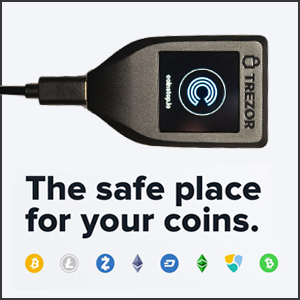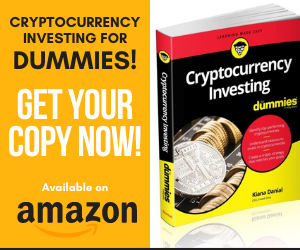
The successful launching of the Wormhole bridge, which happens to be an absolute top-of-the-line cross-chain interoperability protocol, has taken place on Acala’s EVM+. So far as this cross-chain interoperability is concerned, it will provide the opportunity for Acala users to be able to conveniently engage in asset incorporations and get connected with billions of liquidity. This would be from layer-1 networks such as Ethereum, the BNB Chain, Polygon, and also Solana.
Wormhole happens to be a generic message-passing protocol that gets attached to a variety of chains. It becomes possible for Wormhole to do this with the help of releasing messages from one chain, which happens to be duly supervised by a Guardian network of nodes and then authenticated. Following the authentication, the message is then handed over to the target chain for the carrying out of processing.
This simplified message-passing primitive makes it possible for cross-chain functions to become active. In this very case scenario, it is made possible for users to connect with xDapps, in order to transfer xAssets, through various networks, or for that matter, have access to their xData, which then offers them the available services on their present network. On top of the Wormhole message protocol, there are two applications that assist in the concentration of liquidity in terms of xAssets.
It is possible for Wormhole cross-chain messages to have arbitrary data. This puts developers in the position of creating applications with the utilization of Wormhole. This includes the activities related to asset transfers, oracle data, governance decisions, NFTs, and a whole lot more. An intrinsic feature of the Wormhole happens to be Consensus, which is an extremely light and high throughput procedure where Wormhole’s peer-to-peer network is concerned. Another feature happens to be that it is indeed quick.
Yet again, it also happens to be conveniently extensible, along with being completely scalable. It integrates new chains, happens to be a transparent governance procedure, and does not have the need to block the functions being carried out anywhere else on the network.
Acala happens to be an appchain that boosts Web3 finance. With Polkadot offering bank-level security, Acala’s finance-customized blockchain provides an entire retinue of financial products for the benefit of users, developers, and also institutions.
Developers have the option of positioning Solidity-oriented apps in the EVM+ of Acala. Presently, there happen to be two specific features on the top of Wormhole that will be extremely beneficial for Acala Dapp developers. One happens to be a token bridge permitting users the linking wrapped assets in the middle of supported chains. The other is an NFT bridge that permits ERC721 (Ethereum) and NFTs (Solana) to be passed between chains. Acala can also take advantage of Wormhole’s consensus abstraction, quickness, and scalability methods.
Acala EVM+ offers a development environment analogous to Ethereum, along with total Ethereum-adaptable exposure to the users of DeFi. They will also receive more boost, quickness, and customizability of Polkadot’s SDK. Now, with the incorporation of the Wormhole, it will be possible for any dApp that is created on Acala, or for that matter, some other parachain that happens to be attached to Acala, to get incorporated with Wormhole assets.
On the whole, Wormhole happens to be a generic message-passing protocol that links with various chains, such as Acala, Solana, Terra Classic, Polygon, and a whole lot of others. On the other hand, Acala happens to be an appchain that happens to be boosting Web3 finance.




















